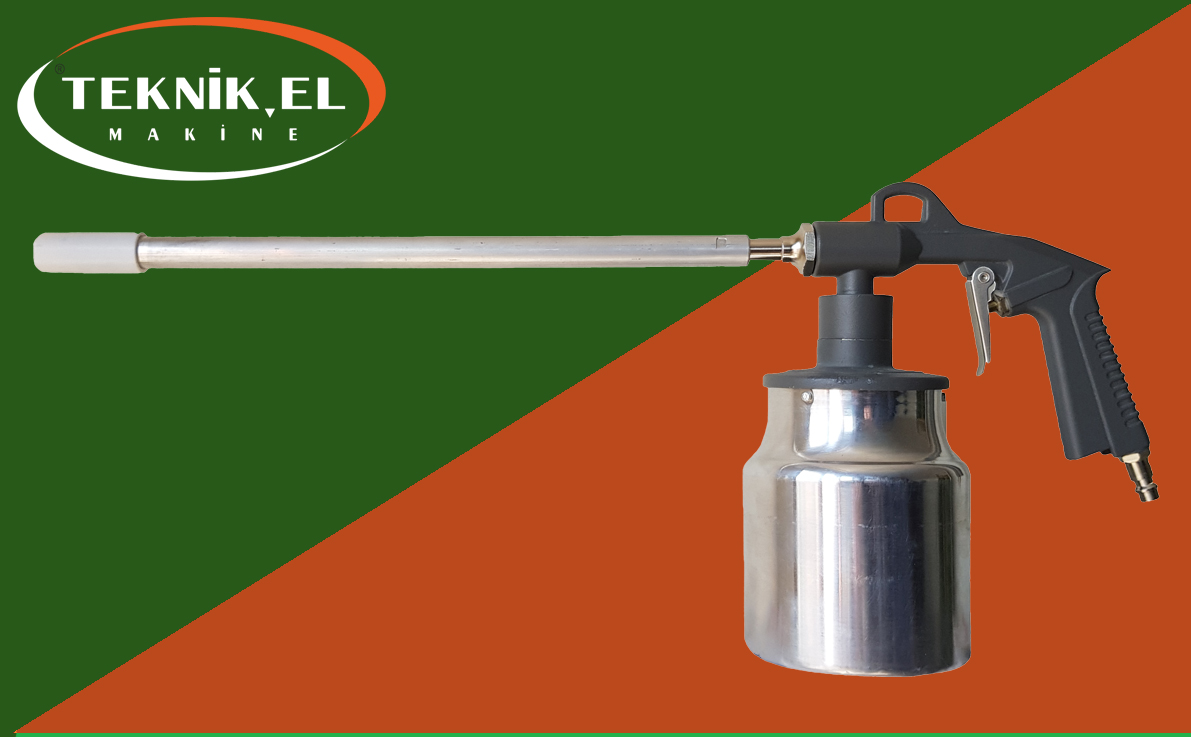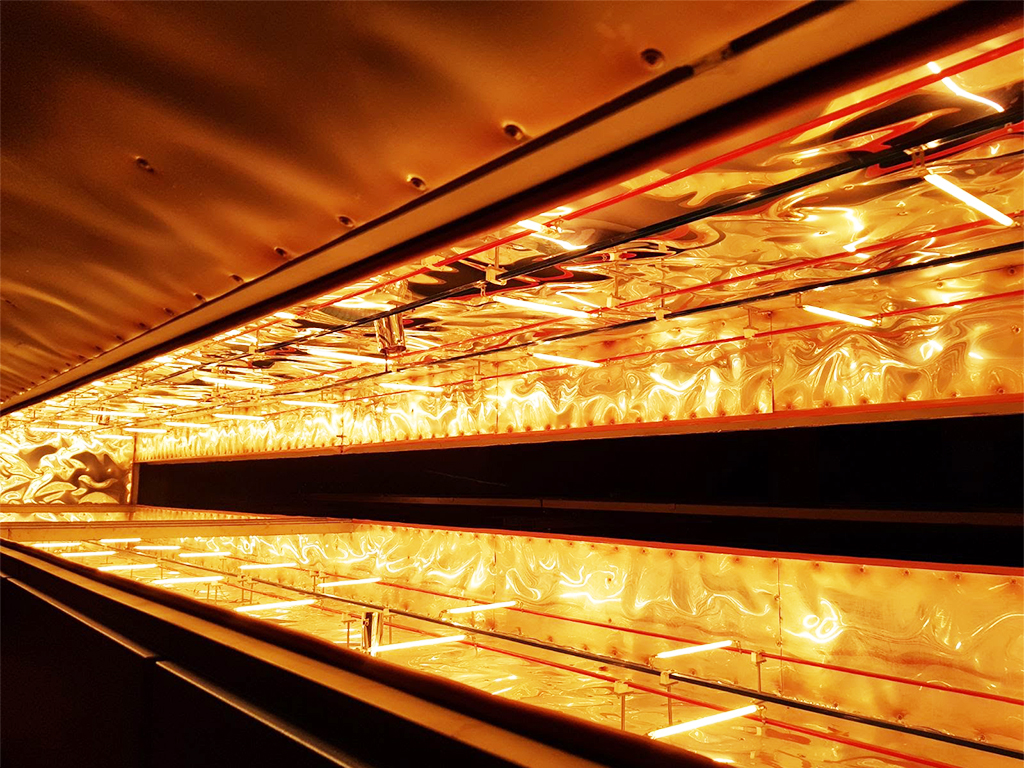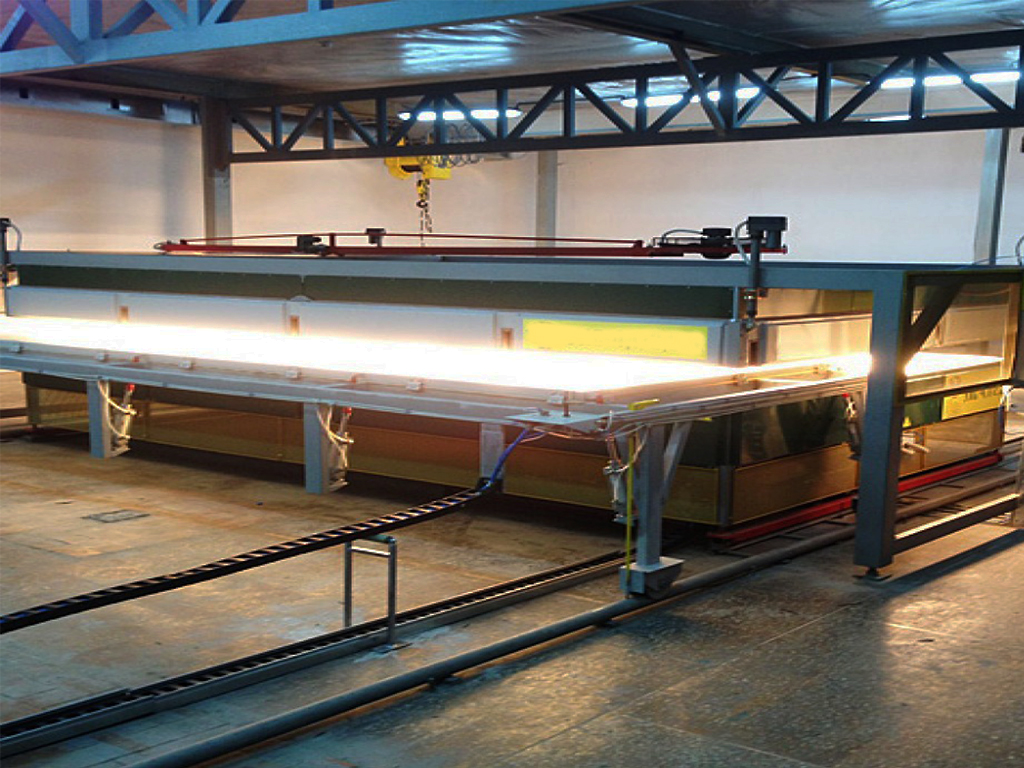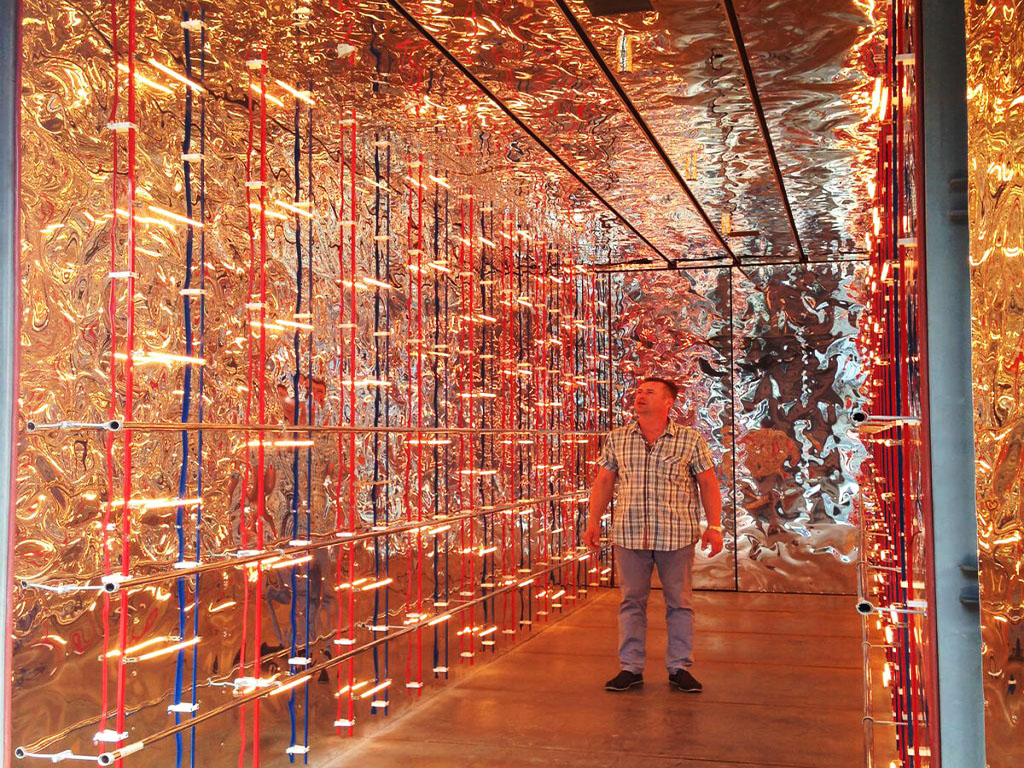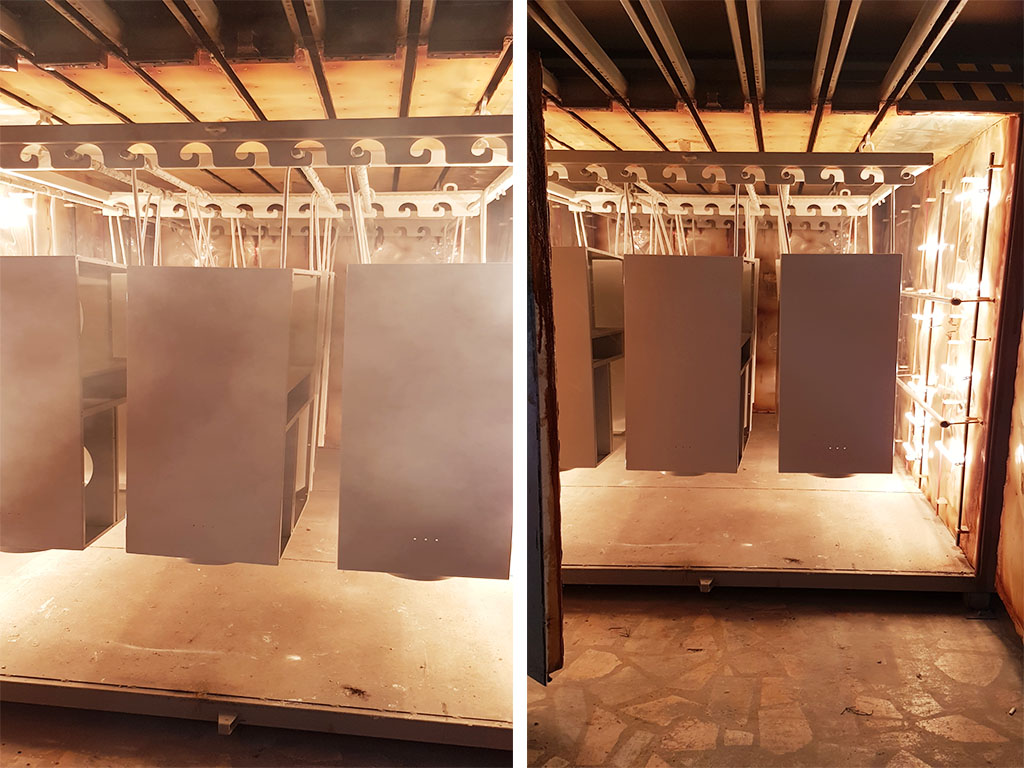Since the 1960s, the powder coating has revolutionized the paver industry, providing an excellent, durable, environmentally friendly surface for metal products, white goods, automotive parts, sports equipment and other products.
Technological advances in powder coating materials, application and hardening methods have also brought the advantages of powder coating to heat sensitive substrates. Powder coating is used in various products that were impossible to paint a few years ago.
One of the biggest inventions for powder in the heat-sensitive substrate market is on a combined panel that combines a medium density fiberboard or MDF, a synthetic resin and the joining panel of the wood. MDF is very suitable for powder coating application due to its low porosity and homogeneous surface. MDF products include office furniture, kitchen and bathroom cabinets, doors, shop fittings and display cabinets, barbecue trays, office and home ready furniture.
Powder coating revolutionizes the MDF market because it does not offer the customer the freedom to design other laminations. The powder coating provides a beautiful, durable coating in every color of the rainbow. Powder coating protects MDF products from stains, spills and scratches.
Comparison with the Challenges of Heat Sensitive Surfaces
Some wood and wood products such as MDF have a sufficient and consistent moisture content to provide conductivity, so they can be directly coated. Abrasive wood parts can be cleaned with compressed air to remove any surface contamination. To increase the electrostatic gravity, a wood conductive surface can be pretreated with a spray solution. The part is then preheated to a desired coating temperature which, when applied, dissolves or partially dissolves the powder and helps to adhere to the portion where the powder slightly reduces the effect.
A uniform plate surface temperature allows high transfer efficiency and a consistent appearance. Powder application, an electrostatic charge is applied from the spray gun to obtain deposits on the MDF surface. Powder materials for MDF can be thermal hardening products of UV curable powders. Thermal curing dusts are based on infrared furnaces, convection ovens or hybrid furnaces that combine infrared and convection heating. Thermal energy dissolves the powder so that it flows to a flat film and finally hardens or cross-linked to a finished film.
With specially formulated UV curable powders, the melt and flow can be separated from the curing process and require minimal heat to cure the powder. After the parts enter an infrared or convection oven where the coating melts and flows for two to ten minutes, the plate is exposed to ultraviolet light for several minutes to cure and harden the topcoat. The pieces then cool naturally or in a cooling tunnel before they are discharged from the coating line.
Powder Coating Fills a Need for MDF Products
Many office furniture manufacturers avoid standard shapes, such as squares and rectangles, more rounded corners and contoured edges, and ellipses that allow inner circles and computer cables to fall. They also offer uninterrupted desktop overlays and a variety of colors and effects. While the powder coating can accommodate these shapes, it cannot perform other lamination techniques based on edge banding methods. Dust application is a one-stage finishing operation that does not require successive layers or long drying times.

